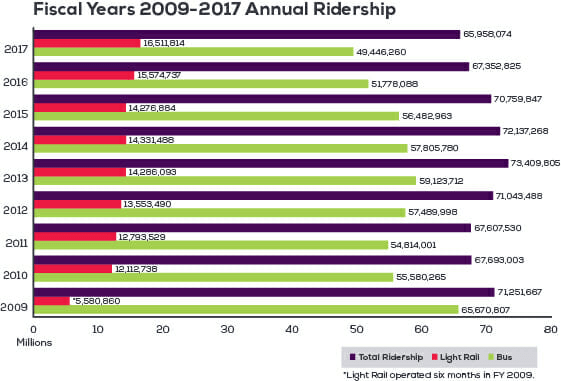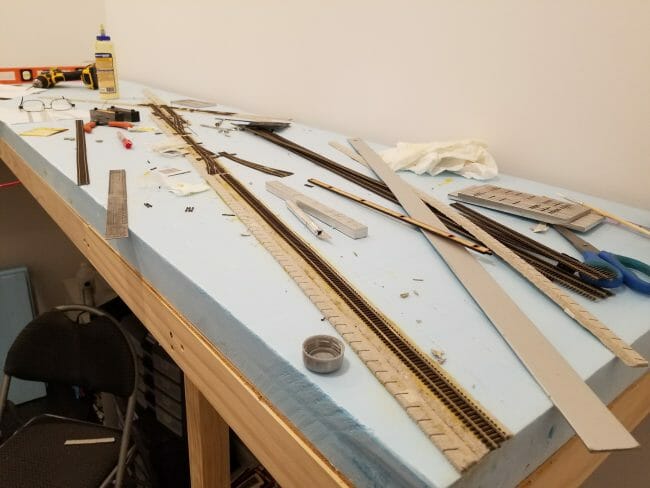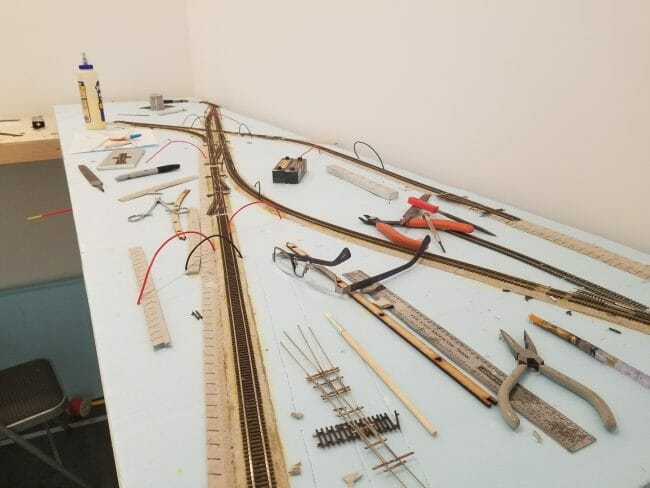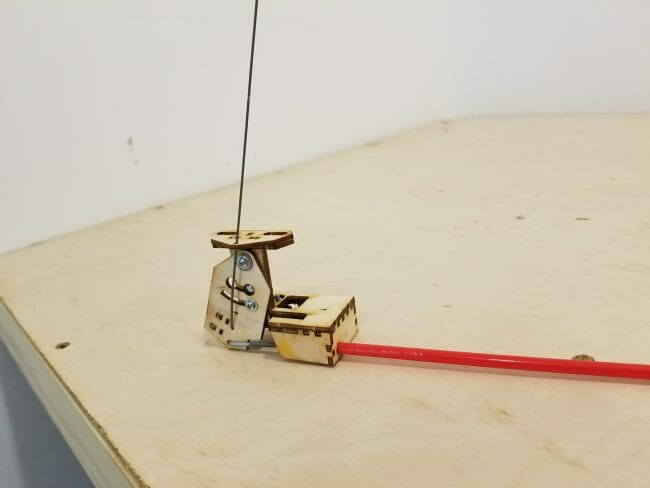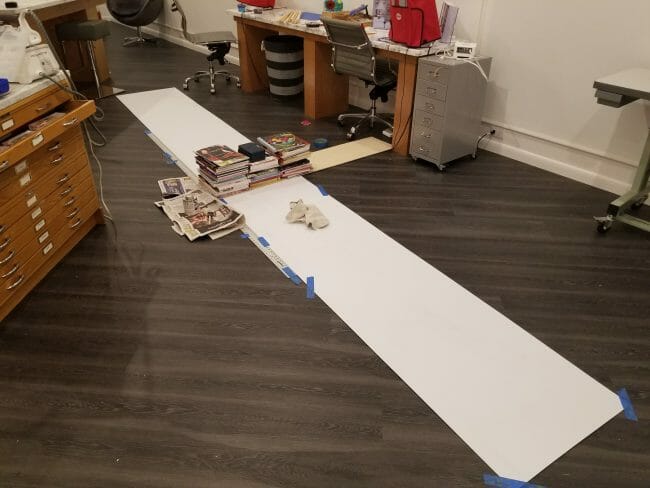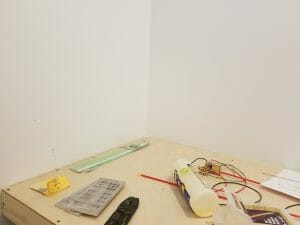Streetcar Folly
This article on an expansion of the already grossly under-performing Seattle trolley system has everything: Over-optimistic ridership and revenue projections and no better service than busses while costing substantially more. It's hard to figure out where to even excerpt this article, which is the kind of skeptical media coverage of light rail and trolleys that one almost never sees, particularly in a Progressive city like Seattle.
Your fares cover about 40 percent of operating costs for Sound Transit’s Link light rail. Fares cover about 31 percent of the cost of King County Metro buses. Seattle’s two streetcar lines cover 23 percent of their costs with fares.
But once a streetcar is built along First Avenue in downtown Seattle, the city Department of Transportation (SDOT) expects fares to cover a whopping 56 percent of operating costs for the three lines.
That would be among the highest rates of any transit agency in the country.
And it’s one of a number of optimistic financial projections contained in Seattle’s plans to expand a streetcar system that is performing far below expectations.
“The financial assumptions are simply unrealistic based on our history with the streetcar,” Seattle City Councilmember Lisa Herbold said. “I don’t want a situation where we don’t meet those projections and the result is we end up seeing bus-service hours cut to pay for any shortfall.”
Which is exactly what happens with every trolley and light rail project, as I reported on in Phoenix recently.
The two streetcar lines — South Lake Union and First Hill — have low ridership that the city doesn’t expect to improve until the First Avenue line is built. But once it is built? The city predicts an exponential surge.
So far this year, the city’s two streetcar lines have averaged about 5,200 riders per weekday, if you filter out 2½ weeks in the spring that the First Hill line was shut because of an uncontrolled skid.
Those numbers, for the two lines combined, equate to about the 25th-most-popular bus line in King County.
SDOT predicts that in its first year of service, the expanded streetcar system will more than quadruple its ridership — to nearly 22,000 weekday riders....
SDOT officials say their ridership model is the gold standard — used by the Federal Transit Administration to validate other agencies’ models.
I loved that last line - "used by the FTA"... not mentioning this model has been overestimating ridership at every other project in the country. I would say it is the gold standard for producing figures to try to sell a bad project to taxpayers.
I wish every article on light rail disclosed this critical piece of information:
Westlake Avenue is a microcosm of the arguments made by streetcar skeptics nationwide, who question their utility if they are not separate from other traffic.
“If you build a streetcar instead of a good bus line, that money you spend above the cost of the bus line is not helping anyone get anywhere faster,” Jarrett Walker, a Portland-based transit consultant, wrote in 2009.
Bus lines are almost always cheaper to build than streetcar lines and they’re also less expensive to operate. It costs King County Metro about $163 an hour to operate a bus, according to federal data, while a South Lake Union streetcar costs $242 an hour, although a streetcar can carry 30 to 40 more people than a double bus.
I will end with the line my reader pulled out from the article
Why, many transit users realized, should they ride the streetcar, which runs barely 1 mile, when buses come four times as often, cover the same stretch as quickly and also extend their routes to West Seattle and Ballard?

